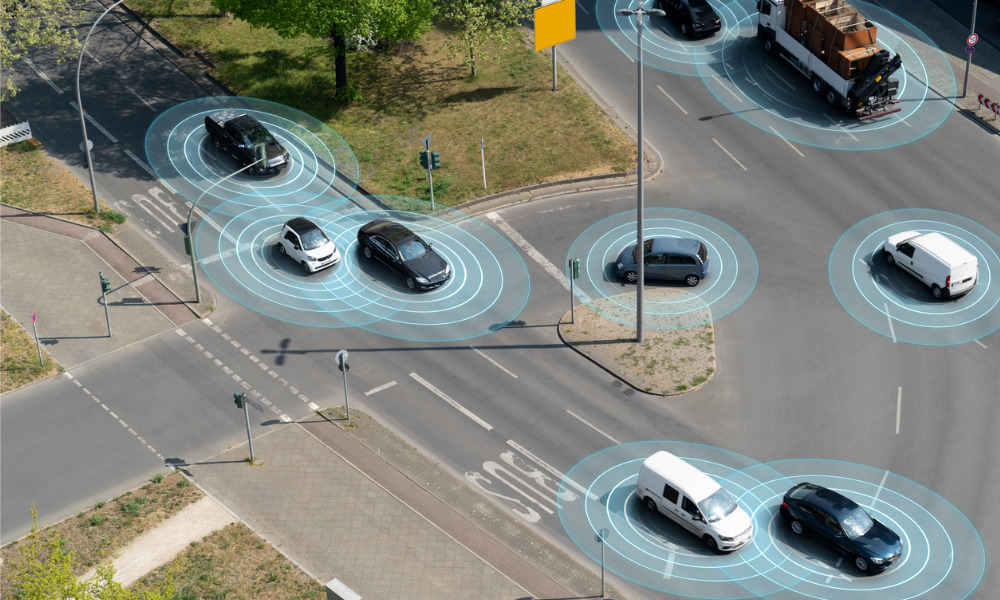
Aviation industry has been developing automation for decades but continues to have pilots, he adds

Although the potential benefits of driverless motor vehicles are significant, designers must first address key automation challenges before these vehicles are ready and accepted by the public for widespread use, a safety expert says.
In an article for the National Academies of Science, Engineering, and Medicine, Christopher Hart, former chair of the U.S. National Transportation Safety Board, compares the development of automation in the aviation industry with that in road vehicles and discusses why automation will not discharge human operators in the near future.
Hart said that replacing human drivers with automation can help “significantly reduce” the number of crashes as “well-considered automation” can compensate for human error caused by fatigue, distraction and impairment. But, he adds that while the aviation industry has been developing automation for decades, airlines continue to enlist pilots because automation designers do not have answers to these two crucial questions: what if the automation fails and what if the automation encounters circumstances that were not anticipated by the designers?
“The same questions apply for automation in road vehicles,” Hart writes. “Hence, despite the substantial potential life-saving improvements of removing drivers from cars, driverless cars probably will not achieve public acceptance for widespread use until car automation designers can answer those two questions.”
Hart adds that developing autonomous vehicles (AVs) is more challenging compared to automation in commercial aviation, as airplanes operate in a less complex and more structured environment than streets and highways.
“Aviation experience has demonstrated that automation concerns include inadequate consideration of ‘human factors’ in designing automation, automation failure and automation in situations not anticipated by the designer,” he writes. “To avoid a skeptical public delaying acceptance of AV automation… the AV industry would do well to learn from the aviation automation experience to avoid similar mistakes.”
Hart notes that although the reliability of automation is improving, “any system that is designed, built and maintained by humans will fail sooner or later.” He adds that one of the major design challenges is ensuring that failures in automation will not endanger the lives of the passengers or those outside the vehicle, including other drivers, cyclists and pedestrians.
“Two common AV industry concepts for automation failure are to pull off to the side of the road or stop in the lane of travel. But these may not always be the safest options,” Hart writes. “A human driver may assess options in the moment to come up with a safer course of action. Consequences of accidents due to driverless vehicles elicit more negative reactions than those caused by human error – only time will tell whether that public attitude will change.”
Looking at past aviation experience, Hart says that automation accidents are more likely a result of circumstances that automation designers did not anticipate, rather than automation failures – mistakes that AV manufacturers can learn from.
“Recovery from situations that are created when automation encounters unanticipated circumstances can be very challenging, and often can occur only, if at all, with human intervention,” he writes. “In a driverless car, equipped with only a screen for passenger input about destination – but no controls for acceleration, braking, or steering – there will be no opportunity for human intervention.”
In these instances, Hart adds that the driverless car must be “fail-safe,” meaning it must ensure that an unanticipated situation will not result in damage or harm to its passengers or others.
Apart from these, Hart raised several concerns specific to automobile automation such as street testing, software updates and cybersecurity, ethical decision-making in AVs, and federal leadership questions that must be addressed for driverless vehicles to be widely accepted.